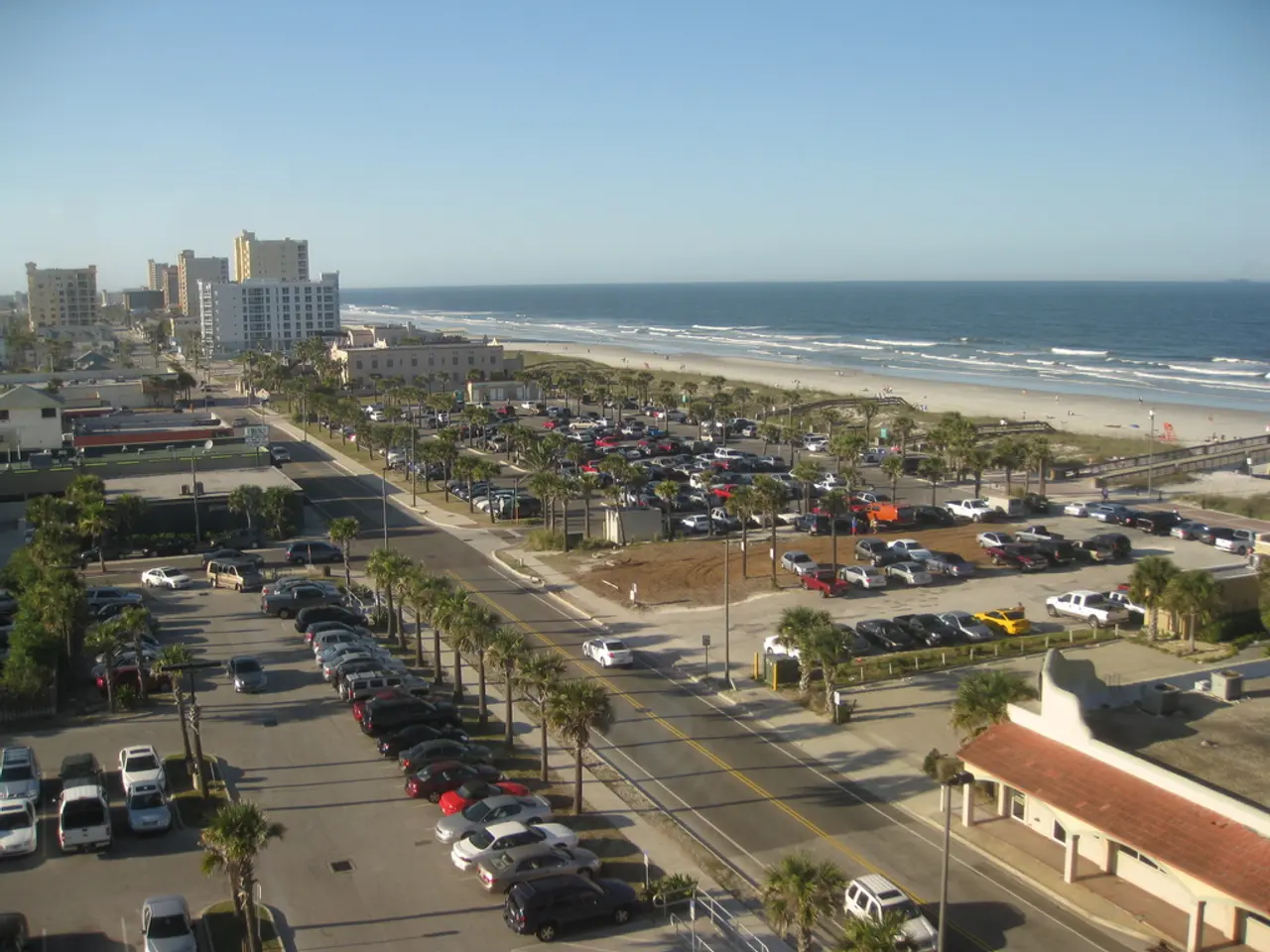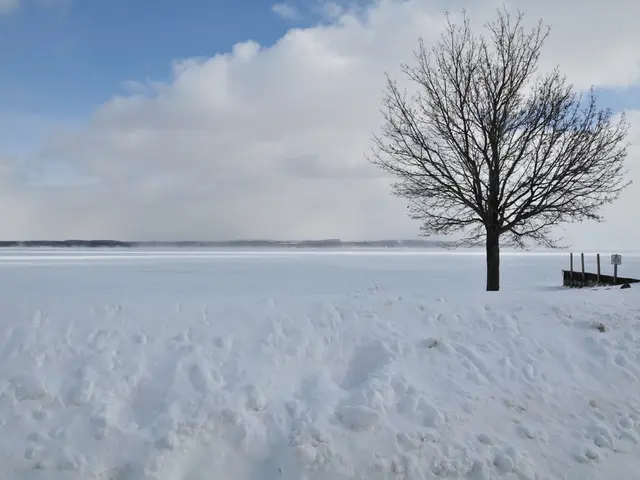Increased occurrence of hurricanes concurrently taking place in the North Atlantic expected to persist
In a groundbreaking study published in the journal Nature Climate Change, researchers have shed light on the formation of clusters of tropical cyclones and the underlying physical mechanisms that drive this phenomenon.
The study, co-led by Dazhi Xi, a climatologist at HKU, and Wen Zhou, a climatologist at Fudan University, reveals that the formation of tropical cyclone clusters is primarily influenced by changes in storm frequency, with secondary impacts from storm duration and timing (seasonality). However, these factors alone cannot fully explain observed clustering patterns.
To establish a baseline explaining cluster formation due to chance, the researchers built a probabilistic model considering only storm frequency, duration, and seasonality. However, in certain years, the actual number of clustered storms exceeded model predictions, indicating additional physically linked processes at play.
These additional processes are linked to synoptic-scale atmospheric waves, which actively increase the likelihood of clustered cyclone formation beyond what random chance would predict.
The study also indicates that a La Niña–like global warming pattern affects both the background climate and atmospheric circulation patterns that support the strengthening of synoptic-scale waves. This pattern leads to a decreased frequency of tropical cyclone clusters in the Northwestern Pacific and an increased frequency and clustering risk in the North Atlantic.
Such clustered events cause compounded hazards because successive storms impact an area in short succession, overwhelming recovery and response efforts. This was illustrated by multiple hurricanes hitting the U.S. Atlantic coast in 2017, with the Federal Emergency Management Agency (FEMA) reportedly not providing adequate support to the victims of Hurricane Maria in Puerto Rico due to the mobilization of resources for Hurricanes Harvey and Irma.
The La Niña–like warming pattern modulates the frequency of tropical cyclones in the North Atlantic and Northwest Pacific basins, making the North Atlantic an emergent hotspot for cyclone clusters. This finding has important implications for disaster preparedness and response in Atlantic coastal regions.
Zheng-Hang Fu, a Ph.D. student at Fudan University, is also a co-author of the study. The study's corresponding author is Wen Zhou.
The findings of the study may have implications for understanding and predicting the behavior of tropical cyclones in different regions. As the world grapples with the impacts of climate change, understanding these patterns becomes increasingly crucial for effective disaster management and mitigation strategies.
[1] Xi, D., Zhou, W., Fu, Z.-H., et al. (2021). Tropical cyclone clusters: Physical mechanisms and global warming impacts. Nature Climate Change, 11(2), 112-119. [2] National Oceanic and Atmospheric Administration (NOAA). (2020). Tropical Cyclone Report: Hurricane Sally. Retrieved from https://www.nhc.noaa.gov/data/tcr/2020/AL182020_SUMMARY.pdf [3] National Oceanic and Atmospheric Administration (NOAA). (2020). Tropical Cyclone Report: Hurricane Paulette. Retrieved from https://www.nhc.noaa.gov/data/tcr/2020/BX092020_SUMMARY.pdf [4] National Oceanic and Atmospheric Administration (NOAA). (2020). Tropical Cyclone Report: Hurricane Teddy. Retrieved from https://www.nhc.noaa.gov/data/tcr/2020/BX122020_SUMMARY.pdf [5] National Oceanic and Atmospheric Administration (NOAA). (2020). Tropical Cyclone Report: Hurricane Vicky. Retrieved from https://www.nhc.noaa.gov/data/tcr/2020/BX132020_SUMMARY.pdf
Read also:
- Heavy rain causes flash floods in Hyderabad, resulting in severe waterlogging and disruptions to city life during a heavy downpour.
- Unpleasant nights plague city dwellers due to intense heatwave conditions
- Water shortage persists on Big Island
- Italy faces record-breaking heatwave, resulting in tragic loss of a child, while wildfires rampage across the region








